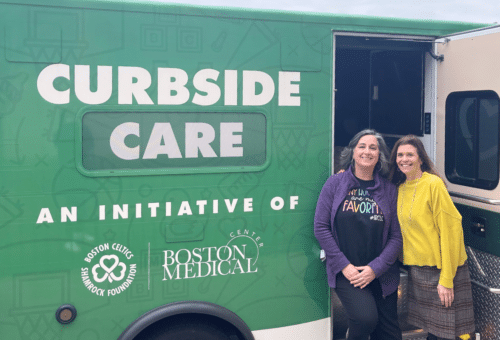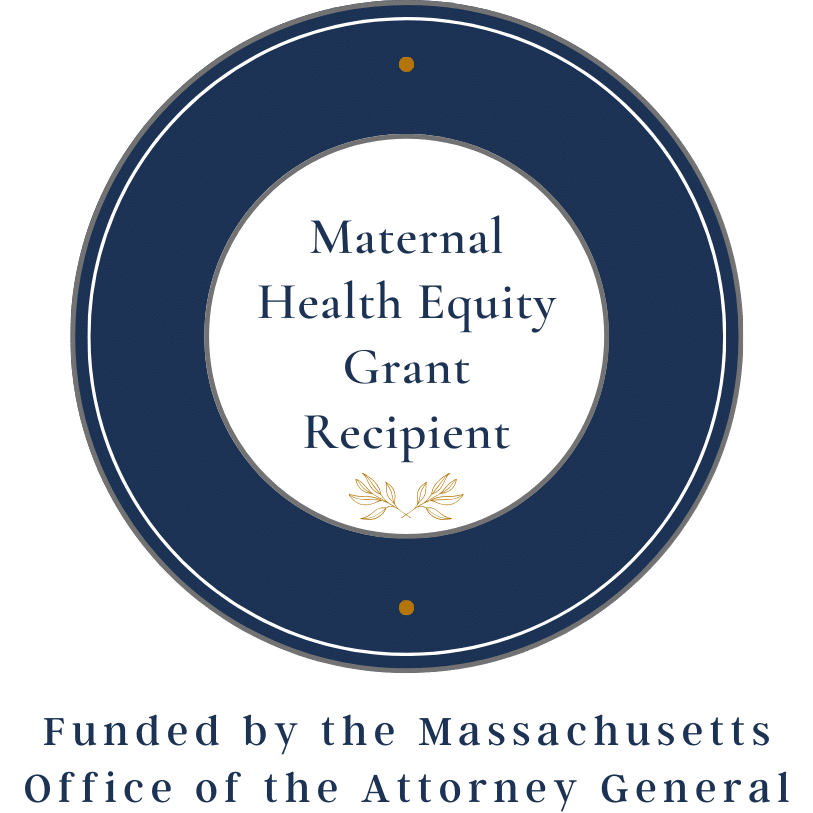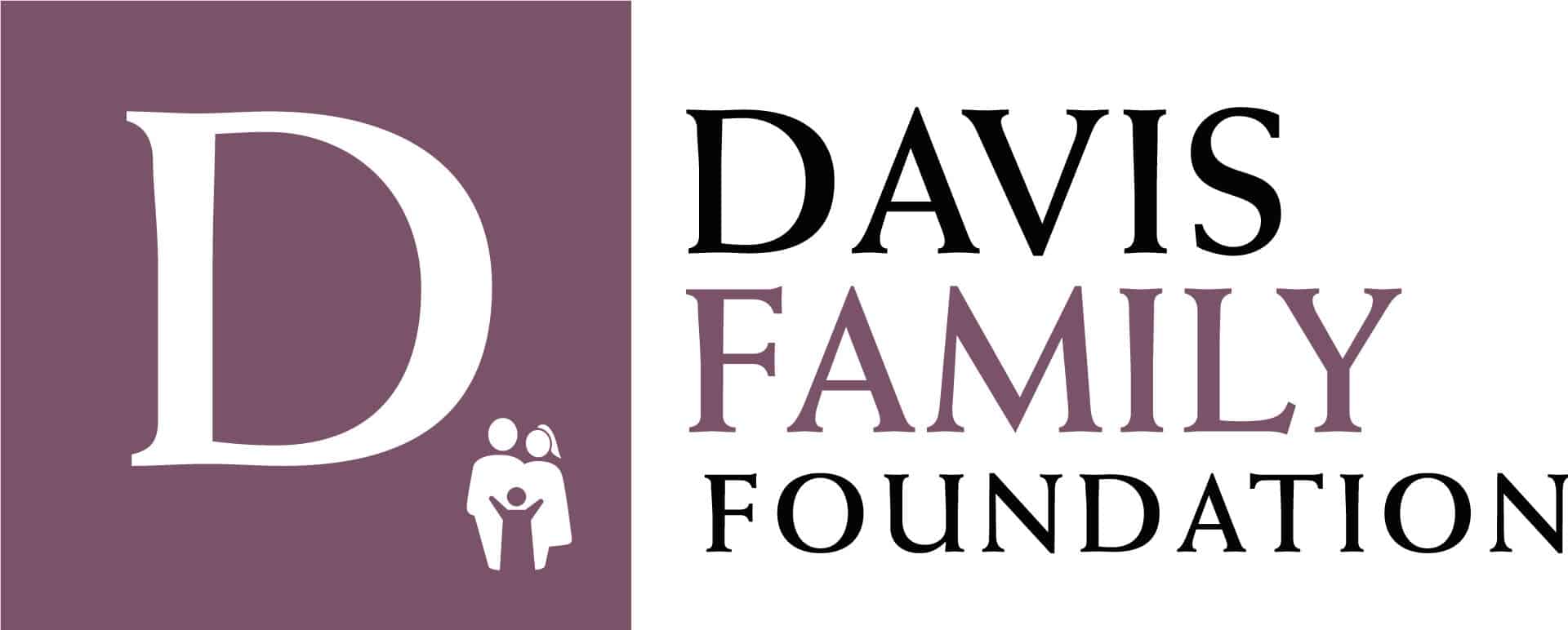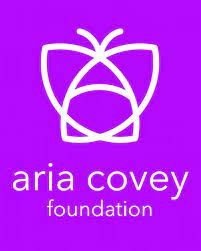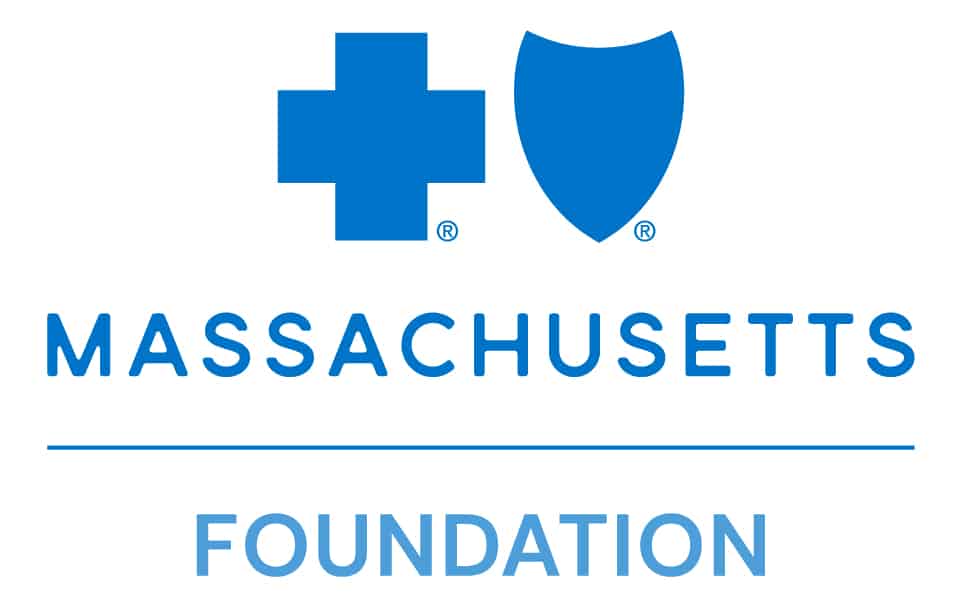
Breastmilk? It’s fascinating . . .
From the intense bond it can help you form with your baby, to the incredible health benefits provided, there’s a reason breastmilk is called liquid gold.
In honor of National Breastfeeding Month, we’re sharing eleven fascinating facts about breast milk and breastfeeding. So, if your breastfeeding journey is just beginning, you need a little help remembering why you started or you’re just curious, pull up a seat and read on . . .
A Friendly Reminder:
Natural but not easy, it’s important to understand and respect that breastfeeding is not always possible or even the right choice for every family. Likewise, there is room for pumping, supplementation and more within every successful breastfeeding journey.
The early days . . .
Colostrum, also known as “first milk,” is, you guessed it, the earliest form of mama’s milk produced. Essentially a superfood for your newborn, this thick, concentrated milk is usually a yellowish white. Protein packed with fewer carbohydrates and fat than mature breastmilk, colostrum provides increased protection from infection. It also helps to establish a normal gut microbiome.
Typically, colostrum begins building in the twelfth to sixteenth week of pregnancy. How punctual!
Time changes everything – including your breastmilk. Adapting to your growing baby’s needs, the nutritional composition changes to best support continued health and development. For this reason, human milk can never be fully replicated. Speaking of which . . .
The benefits . . .
According to the American Academy of Pediatrics, children who are breastfed have improved neurodevelopmental outcomes and better long-term physical and dental health outcomes. Not only that, but their risk of many medical conditions including SIDS, asthma, diabetes and leukemia significantly decreases.
Bonus? Breastfeeding also contributes to maternal health benefits including decreased risk of certain cancers, type 2 diabetes, hypertension, and postpartum depression.
Familiar with Mothers’ Milk Bank Northeast? You may already know that our milk is prioritized for premature and medically fragile babies – typically those being cared for in the NICU. When a mother’s own milk is not available (often the case for pre-term and challenging births), donor human milk, is the next best option. In fact, for preterm babies, human milk decreases their risk of developing Necrotizing Enterocolitis (a potentially life-threatening gut infection) by almost 80%. For this reason, the vast majority of US-based NICUs rely on safe, pasteurized donor human milk to care for their tiny charges.
The many myths and facts . . .
Breastmilk isn’t always white. Rainbow diet? Rainbow milk!
What do milk supply and breast size have in common? Not one thing! Despite the rumors, bigger isn’t always better. But oddly enough . . .
While size may not matter, geography does. Research indicates that 70% of the time, the right breast produces more milk than the left. Currently, experts are unable to provide a definitive reason for this.
Studies suggest that breastfeeding one baby for one year takes roughly 1,800 hours. A full-time job with 3 weeks’ vacation is 1,960 hours. Eye opening? Just a little!
Producing breastmilk consumes 25% of the body’s energy; the brain only uses 20% by comparison. Um, no wonder “mom brain” is a thing.
Psst!
We may have said this before, but we all need a little extra help sometimes. For a list of trusted resources (covering everything from lactation support to maternal health) simply click here.
